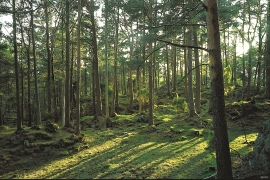
Digernes
Despite the fact that the animal life on Stord is better investigated and studied than most other places in Hordaland, we were not clear about the diversity in Digernes forest until the triple junction was almost finished being planned.
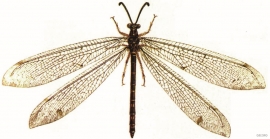
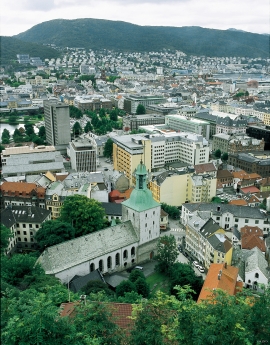
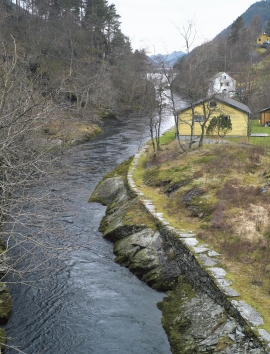


Dyrdal
If you journey along Austfjorden, you at the same time turn the pages of time back through Ice Age history. The landforms show how the landscape has developed gradually as the glaciers have grown - and melted again - in several episodes: from small cirques, we see innermost at Dyrdal, to larger fjords, like at Mas fjord further out.

Dyrskard
Right from the start the road across Haukelifjell was a road from “fjord to fjord”, from the bottom of Sørfjorden to Dalen in Telemark. The connection between Røldal-Haukelifjell was considered so important by Stortinget (Parliament) that the road construction Odda-Dalen was approved already in 1853.

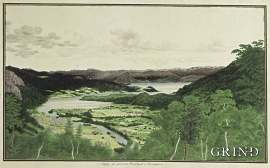
Earth and stone
"Humus" is a word with great meaning. It is the soil we live from, in addition to the resources we get from the ocean. This layer of earth - sometimes appearing as loose fertile organic matter; other places as scanty and acidic soil - is found in varying thicknesses over the bedrock. It is the result of 10,000 years of breakdown and erosion following the last ice age, and then several thousand years of cultivation in more recent times. The soil we can buy at the garden centre is a different product than the "natural" humus layer, formed of processes occurring far under the earth's surface. If you dig your spade into the soil where it has not been ploughed before, you will see that there is a big difference in colour, soil structure, moisture and stone content. We might say that the soil is fertile and easily worked some places, whereas other places folk might have given up trying to grow anything on their small patches of land, which then become overgrown with birch and thicket. Modern agriculture does not have room for small stumps between the piles of stone. Nowadays, machines do the job, and they require a lot of space and flat ground.


